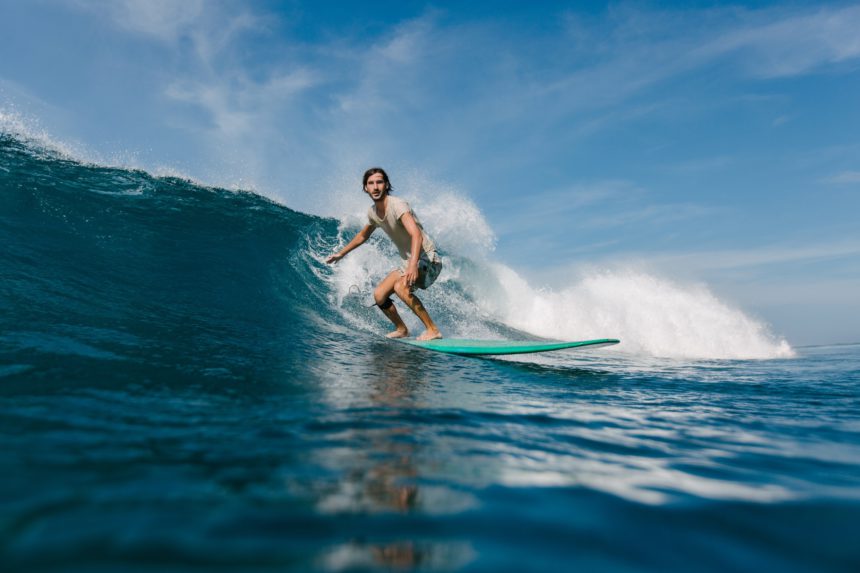Surfing: How to Learn to “Ride” the Waves
Surfing is more than just a sport; it’s a lifestyle that connects individuals with nature, promotes physical fitness, and fosters a sense of community. For many, the allure of riding the waves is irresistible. However, learning to surf can be daunting for beginners. This article will guide you through the essential steps to become a proficient surfer, from understanding the basics to mastering advanced techniques.
The Basics of Surfing
Before you hit the waves, it’s crucial to understand the fundamental aspects of surfing. Here are some key components:
- Understanding Surfboards: Surfboards come in various shapes and sizes, each designed for different types of waves and skill levels. Beginners often start with a longboard, which offers more stability.
- Choosing the Right Location: Not all beaches are suitable for beginners. Look for spots with gentle, rolling waves and minimal crowds.
- Safety First: Always be aware of your surroundings, including other surfers, swimmers, and potential hazards like rocks or strong currents.
Getting Started: Lessons and Equipment
Investing in proper lessons and equipment is essential for a successful start in surfing. Here’s what you need to consider:
- Surf Lessons: Enrolling in a surf school can provide you with valuable instruction from experienced surfers. Many schools offer group or private lessons tailored to your skill level.
- Essential Gear: Besides a surfboard, you’ll need a wetsuit (if surfing in colder waters), leash, and wax for grip. Renting equipment is a good option for beginners.
- Physical Preparation: Surfing requires strength, balance, and endurance. Engaging in activities like swimming, yoga, or strength training can enhance your surfing performance.
Mastering the Techniques
Once you have the basics down, it’s time to focus on the techniques that will help you ride the waves effectively. Here are some essential skills to develop:
- Paddling: Efficient paddling is crucial for catching waves. Practice lying on your board and using your arms to paddle with a smooth, rhythmic motion.
- Pop-Up Technique: The pop-up is the movement that transitions you from lying on the board to standing. Practice this on land before attempting it in the water.
- Reading Waves: Understanding how to read waves is vital. Look for the peak of the wave and position yourself accordingly to catch it at the right moment.
Building Confidence and Experience
As with any skill, practice is key to becoming a proficient surfer. Here are some tips to build your confidence:
- Start Small: Begin with smaller waves to build your skills and confidence before tackling larger swells.
- Surf with Friends: Surfing with more experienced friends can provide support and encouragement, making the learning process more enjoyable.
- Stay Consistent: Regular practice is essential. Aim to surf at least once a week to improve your skills steadily.
Case Studies: Success Stories in Surfing
Many surfers have shared their journeys from beginners to experts, showcasing the transformative power of the sport. For instance, Bethany Hamilton, who lost her arm in a shark attack, returned to surfing and became a professional athlete, inspiring countless others. Her story emphasizes resilience and determination, key traits for any aspiring surfer.
Statistics also highlight the growing popularity of surfing. According to the Outdoor Industry Association, over 3 million people in the U.S. participated in surfing in 2020, reflecting a significant increase in interest in the sport.
Conclusion: Riding the Waves of Life
Learning to surf is a rewarding journey that offers physical, mental, and emotional benefits. By understanding the basics, investing in lessons and equipment, mastering essential techniques, and building confidence through practice, anyone can learn to ride the waves. Remember, every surfer was once a beginner, and with patience and perseverance, you too can experience the thrill of catching your first wave. So grab your board, hit the beach, and embrace the adventure that awaits you in the ocean!
